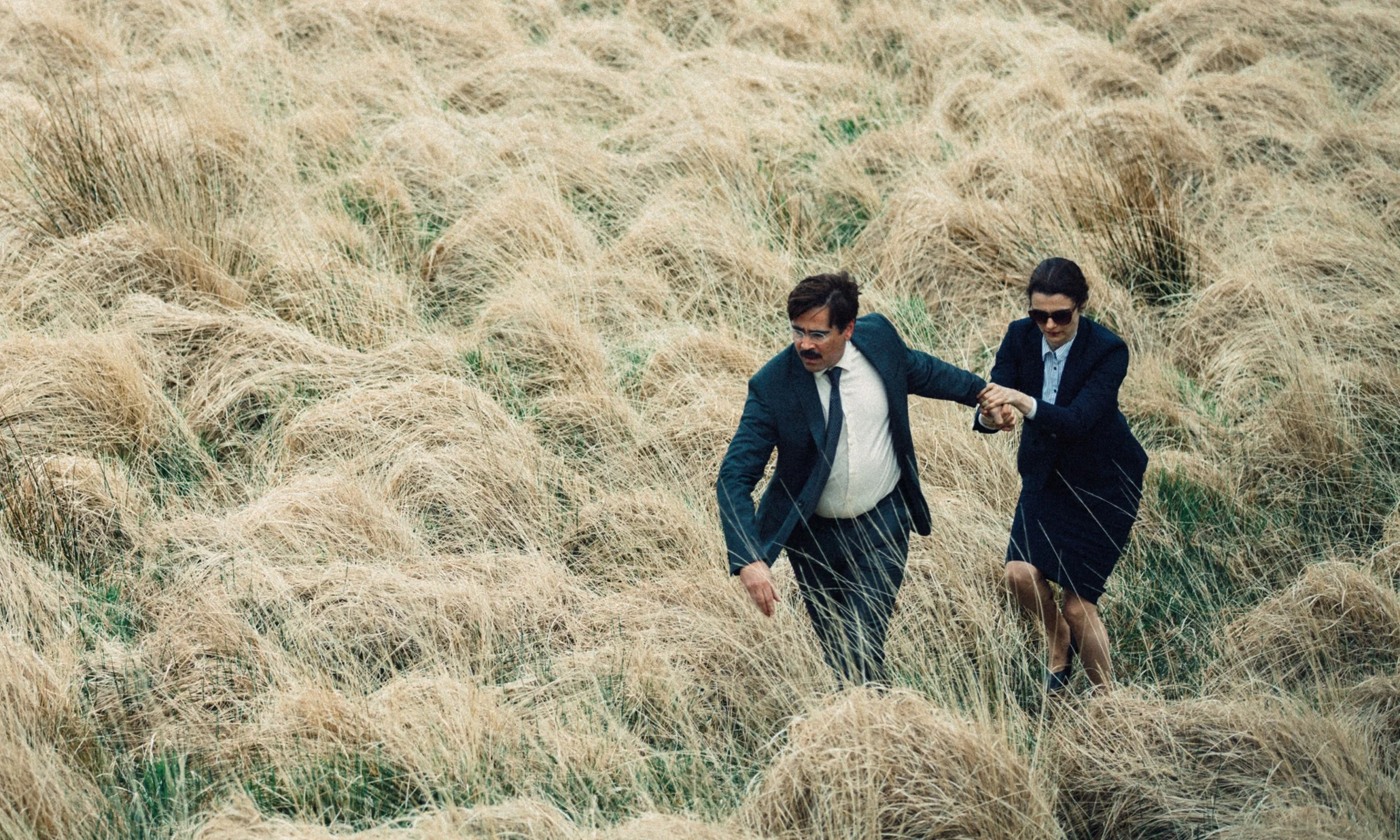Short Film Showcase: Is 'Pearl' the Future of Storytelling?
The late-great film critic Roger Ebert once famously claimed that video games could never be art. He argued that something like film or painting qualifies because they are passive experiences guided by an artist's soul. Video games require points and scoring, and can be won, and therefore could never be in the same category. He even went so far as to say that games which eschew point systems or winning then cease to be games at all, and are instead a different form entirely. His argument stumbles on the fact that he hadn't ever played a video game, at least not a modern one. Video games can indeed be art. However, he does have a point about video games evolving into something else. In the last few years, several fantastic independent games like The Stanley Parable or Gone Home have pushed the boundaries of storytelling. They were interactive narratives built on the framework of a first-person gaming experience. In essence, they represented a step away from more traditional games toward the guided thematic richness of movies. With the short film "Pearl," we get a glimpse at the opposite: a film that inches closer to the experience of a video game.
"Pearl" is one of a collection of 360 degree short films released by Google Spotlight Stories. It plays like a normal video, but you can look around in every direction. Google commissioned these films to encourage experimentation with storytelling in virtual reality. However, you don't need an expensive VR rig nor Google's budget solution, Google Cardboard, to experience the short below. You can watch it on either a smartphone using the phone's gyroscopic abilities to look around the scene, or a regular computer using a mouse or trackpad (Update: The embedded video below does not have the 360 degree capability when watching on a smartphone. For the full gyroscopic effect, you will need to watch it through the Youtube app on your phone. Just search for "Pearl Short Film" and it should be the first result).
As a film, "Pearl" owes more than a small debt to Richard Linklater's brilliant experiment, Boyhood, right down to the catchy acoustic song that drives the narrative. We follow the lives of a young girl and her father through their experiences in a small hatchback car, animated in a simple but expressive style. The film cleverly takes advantage of animation's malleability by appropriately aging its characters as the time period jumps back and forth over several decades. Although it's quite reminiscent of Linklater's film, the two main characters are so well realized, that the film is able to rise above its inspiration and mark its own emotional path.
The short's director, Patrick Osborne, neatly tweaks classic film techniques for use in this new 360 degree viewing space. The most interesting part of this kind of film is that you can see in every direction. That also happens to be one of its biggest issues. You see, in a traditional film, the viewing point is fixed, so you are always looking exactly where the director wants you to look. In films like "Pearl," the director no longer has that luxury, so he or she must find ways of guiding your eye. Osborne accomplishes this by using the doors and windows of the car setting as more traditional framing devices. More often than not, Osborne draws the viewer's attention to the right spot at the right time. However, there are instances where I found myself looking somewhere else as the story continued behind me. It might seem self evident, but when people can look around, they invariably will. The obvious remedy is to create a truly 360 degree experience so that even though you may miss what is happening behind you, you'll still be looking at something. No doubt, this is easier said than done. I admire Osborne's mostly effective attempt to tame this new form's signature feature, but I think the natural evolution of this type of storytelling demands a break from this constraint.
The film covers a lot of ground for only being a little over five minutes long, It is sweet and human, and exactly the sort of story that we need to push this new form. And push it we must, because as lovely as this film is, I don't believe it represents the end of the evolutionary chain for virtual reality storytelling. So, to revisit the question in the title, is "Pearl" the future of storytelling? I think the answer is yes...and no. The real future is likely in between something like this and the games I mentioned before. Stories will have Increased immersion and interactivity, while still containing the guiding hand of the artist. As virtual reality devices become cheaper and more accessible, we will see a larger evolution in the way we experience our stories. For now, I'm dazzled by the novelty on display in "Pearl," but more so, I'm excited by the possibilities it represents.
Check "Pearl" out for yourself below.



